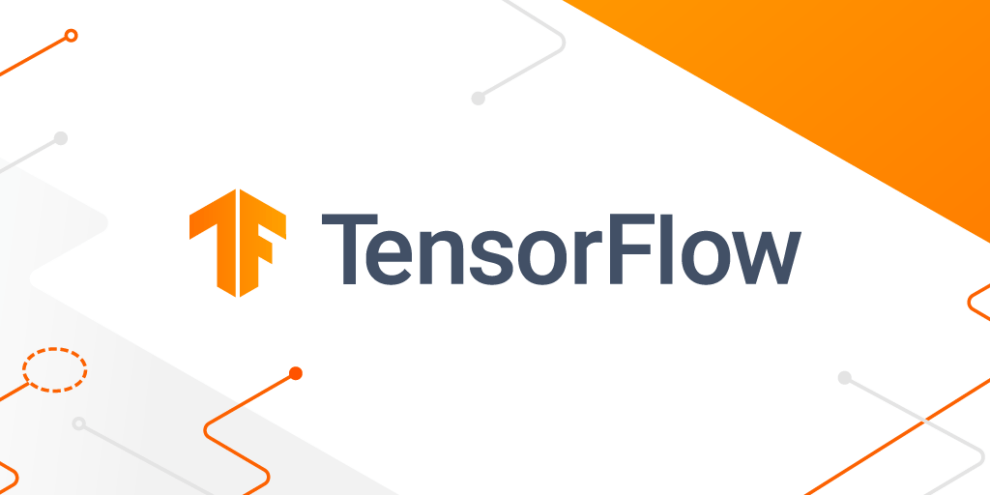TensorFlow stands as a cornerstone of modern artificial intelligence development, representing Google’s powerful open-source platform that has fundamentally transformed how developers and researchers approach machine learning projects. Since its public release in 2015, this versatile framework has evolved into an ecosystem that powers everything from smartphone applications to cutting-edge research in quantum computing.
At its core, TensorFlow operates as an end-to-end platform for machine learning, enabling developers to create and deploy sophisticated AI models across various devices and platforms. The framework’s name derives from its fundamental operation principle: it processes data through a series of mathematical operations arranged in a graph-like structure called a tensor flow graph. These tensors, essentially multi-dimensional arrays of data, flow through computational nodes that perform operations, forming the backbone of complex neural networks.
The framework’s architecture has undergone significant evolution since its inception. TensorFlow 2.0 brought major improvements in usability and performance, introducing eager execution as the default mode, which allows for more intuitive and Python-native programming. This update significantly reduced the learning curve for newcomers while maintaining the powerful capabilities that advanced users require for complex projects.
Professional developers particularly value TensorFlow’s robust ecosystem of tools and libraries. TensorFlow Extended (TFX) provides a complete pipeline for deploying models in production environments, while TensorFlow Lite enables model deployment on mobile and edge devices with minimal resource consumption. These capabilities have made the framework indispensable for companies developing AI-powered applications across various sectors.
Research institutions leverage TensorFlow’s flexibility for advancing the boundaries of machine learning. The framework’s support for distributed computing enables training massive models across clusters of computers, essential for modern deep learning research. Its integration with hardware accelerators like GPUs and TPUs (Tensor Processing Units) allows researchers to tackle increasingly complex problems in natural language processing, computer vision, and other AI domains.
The healthcare sector has embraced TensorFlow for developing innovative diagnostic tools and treatment planning systems. Medical imaging analysis, in particular, has benefited from the framework’s sophisticated computer vision capabilities, enabling more accurate disease detection and progression monitoring. Researchers utilize these tools to develop AI models that can identify patterns in medical data that might escape human observation.

Financial institutions employ TensorFlow for risk assessment, fraud detection, and algorithmic trading systems. The framework’s ability to process vast amounts of data in real-time, combined with its robust security features, makes it particularly suitable for sensitive financial applications. Banks and investment firms use TensorFlow models to analyze market trends, predict economic indicators, and automate trading decisions.
Environmental scientists utilize TensorFlow for climate modeling and environmental monitoring. The framework’s capacity to process and analyze large datasets from satellite imagery and sensor networks helps researchers track environmental changes, predict weather patterns, and study climate change impacts. These applications demonstrate TensorFlow’s versatility beyond traditional commercial applications.
The manufacturing sector has integrated TensorFlow into quality control and predictive maintenance systems. Smart factories use computer vision models built with TensorFlow to detect defects in production lines, while sensor data analysis helps predict equipment failures before they occur. These applications have significantly improved production efficiency and reduced maintenance costs.
TensorFlow’s impact extends to creative fields through projects like Magenta, which explores machine learning applications in art and music. Artists and musicians use these tools to generate new forms of creative expression, pushing the boundaries of human-AI collaboration in the arts. These applications highlight the framework’s potential beyond traditional computational tasks.
Education and skill development in TensorFlow have become increasingly accessible through comprehensive documentation, tutorials, and community resources. The TensorFlow certification program provides a standardized way for developers to validate their expertise, while numerous online courses and workshops help newcomers enter the field of machine learning.
Looking ahead, TensorFlow continues to evolve with emerging technologies and user needs. The framework’s development team regularly introduces new features and optimizations, ensuring it remains at the forefront of machine learning technology. Recent additions include improved support for quantum computing research and enhanced tools for model optimization and deployment.
The framework’s open-source nature has fostered a vibrant community of developers and researchers who contribute to its growth through code contributions, documentation improvements, and shared models. This collaborative ecosystem has been crucial in maintaining TensorFlow’s position as a leading machine learning framework and driving innovation in the field.
As artificial intelligence continues to transform various industries, TensorFlow’s role as a fundamental tool for AI development becomes increasingly significant. Its combination of accessibility, power, and flexibility ensures its continued relevance in shaping the future of technology and scientific research.
















Add Comment